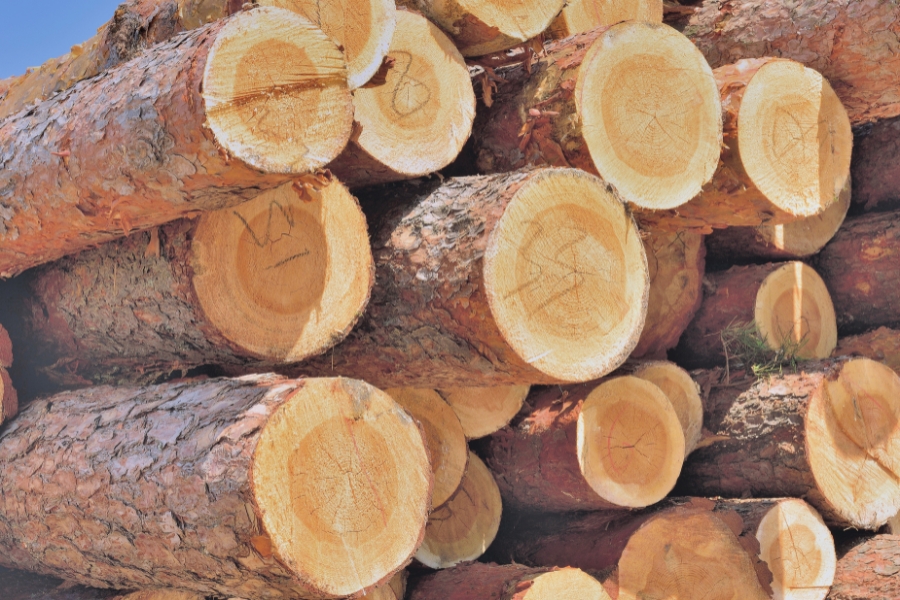When it comes to wood materials for buildings or furniture, ironwood is often the favorite. Known for being super strong, durable, and luxurious in appearance, this wood is often chosen for premium needs, especially for outdoor construction. It is no wonder that many people call it “iron wood” because of its above-average quality.
However, despite all its advantages, ironwood also has a number of disadvantages that make people think twice before using it. The good news is that there are several other more affordable alternative materials that can still provide good quality and appearance. So, you can still make smart choices without having to spend too much money.
So, what are the disadvantages of ironwood and its alternatives?
5 Disadvantages of Ironwood
Although it is nicknamed ironwood because of its extraordinary strength, ironwood also has a number of disadvantages that you need to consider before using it for building or furniture projects. What are they?
1. Difficult to Process
Because it is too hard, ironwood is difficult to cut or shape. The processing also requires special sharp and strong tools. Its heavy weight is also a challenge, especially during transportation and installation.
2. Relatively Expensive
Ironwood is more expensive than other hardwoods. Factors that influence its price include high market demand, a complicated processing method, slow tree growth, and scarcity due to excessive logging.
3. Prone to Cracking
Although strong, ironwood still has natural properties that can cause cracks over time, especially if it is frequently exposed to alternating heat and rain. These cracks rarely affect structural strength, but they can reduce the beauty of the surface.
4. Color Change
Constant exposure to sunlight and weather causes ironwood to fade from yellowish brown to grayish black. This natural process is called weathering. To maintain its original color, regular maintenance such as sanding and recoating with special wood paint is necessary.
5. Increasingly Rare
Ironwood is now a protected species by the International Union for Conservation of Nature (IUCN) due to its declining population. Slow tree growth and massive logging are the main causes of this scarcity. These conditions have not only triggered price increases but also raised environmental sustainability issues.
More Affordable Alternatives to Ironwood
Now that you know the disadvantages of ironwood, let’s find out what alternatives are available! There are several types of wood that have almost the same durability and beauty, and in some aspects even surpass ironwood, but at a more affordable price.
1. Merbau Wood
Merbau wood is often called the “sibling” of ironwood because of its toughness and resistance to termites, fungi, and insects. Its hardness makes this wood suitable for outdoor use, such as decking or heavy construction. Although its pores are larger than those of ironwood, its durability is still very good.
2. Bengkirai Wood
Bengkirai is a favorite choice for outdoor needs such as fences, bridges, and decking. This wood is strong, mold-resistant, and insect-resistant, making it ideal for tropical climates. The downside is that bengkirai can crack or warp if not properly maintained. However, its more affordable price and abundant availability make it a popular choice.
3. Teak Wood
Teak wood is renowned for its premium quality, exceptional durability, and luxurious appearance. Its natural oil content protects the wood from insects, fungi, and decay. Although its price is almost as high as ironwood, its ease of workmanship and high aesthetic value make teak highly sought after, especially for furniture and interior design.
4. Coconut Wood
Coconut wood comes from the trunks of old coconut trees and is now increasingly popular as an environmentally friendly material. Its unique fibers with distinctive patterns are suitable for flooring, walls, and furniture. Although not as strong as ironwood, it is quite durable and much cheaper.
5. Kruing Wood
Kruing wood is a strong and durable alternative, widely used for heavy construction, flooring, and roof frames. It tends to be reddish brown in color with an attractive grain texture. Kruing has good weather resistance, although it needs extra protection from termites if used in damp areas. Its main advantage is that it is more affordable than ironwood, while still offering excellent quality.
Well, those are some of the drawbacks of ironwood and its alternatives that you can consider. Indeed, ironwood has extraordinary appeal in terms of strength and durability, but factors such as price, scarcity, and maintenance make this material not always the most practical choice.
The bottom line is, you don’t have to stick to just one type of wood. There are many other options that are more budget-friendly but still offer quality and beauty for both buildings and furniture. Simply tailor your choice to your needs and budget to ensure optimal results without breaking the bank.
Looking for a comprehensive wood distributor for all your project needs? Hojaya could be the best solution. From premium wood to more affordable alternatives, everything is available with guaranteed quality. So, you can easily find the right material for your needs.
Come visit Hojaya and get the best wood for your project!

